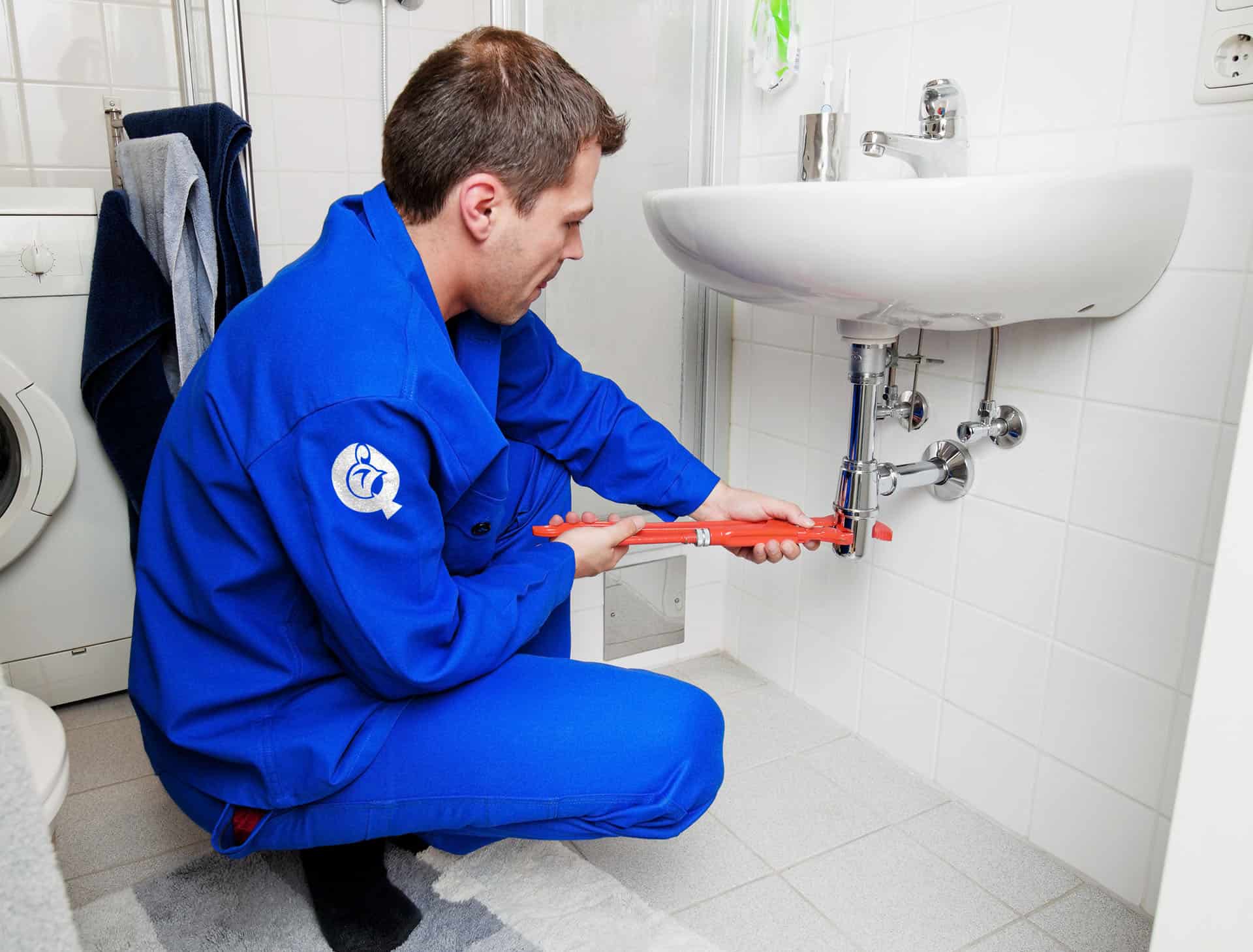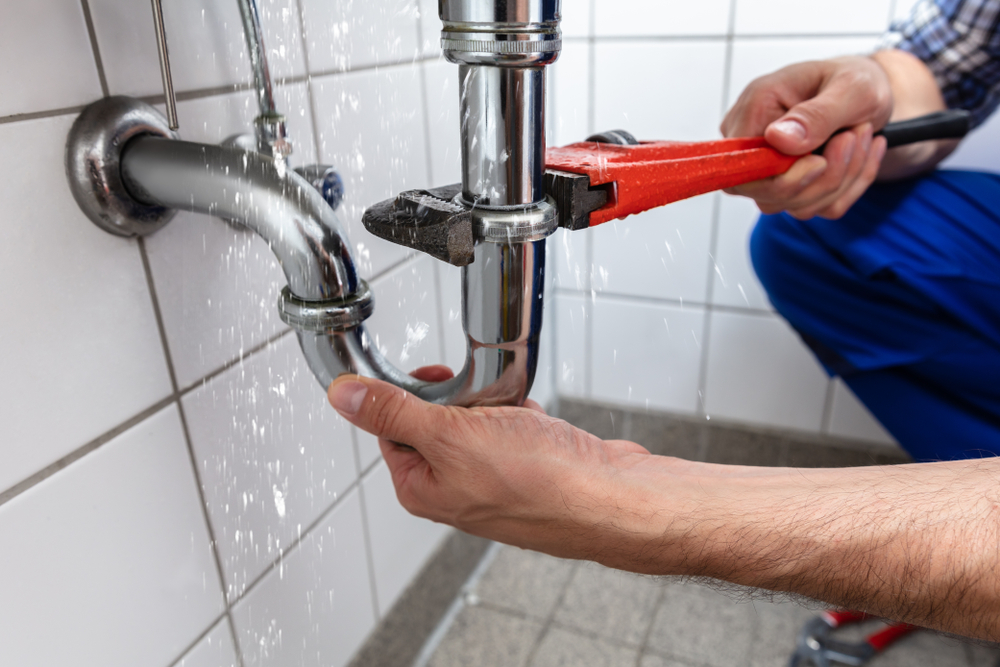
Plumbing leaks can waste 1 trillion gallons of water annually and, this increases your bills
and disturbs the environment. You can fix some minor problems by learning the basics of
plumbing.
Here at MNG Plumbing and HVAC, we share everything you need to know about fixing the
most persistent leaks and prevent the waste of 40 million swimming in water. You will learn
when it’s time to go DIY, when it’s time to call a plumber, and how to distinguish between the
two.
Plumbing Basics
There is no secret about plumbing. However, it can look overwhelming due to the extended
amount of pipes surrounding your house. A house plumbing has two systems:
● Water supply system
● Drain-water vent system
Water Supply System

The water supply system is in charge of the pipes that bring fresh water into your home
through a high-pressure system and, it can come from two sources, the city water or wells.
Every house that uses the city water supply has a large pipe commonly located parallel from
your street called “the main pipe”. If you have a problem related to the main pipe, you should
call a professional since any damage can bring civil lawsuits or substantial fines with it.
People who do not have access to the city water supply usually use wells to get potable
water. The wells also function with a high-pressure system that pumps the water into the
house. When the pressure gets slow, the water does not get to the furthest and highest parts
of the house, like showers and faucets.
Several factors can affect the pressure range including, leaks and blockages. The leaks can
whether be fixed by you in a DIY procedure or require professional help. Commonly, mild
blockages can be fixed by the homeowner and, re-piping problems need plumbing experts.
Plumbing Tips: Common problems related to the water supply system
● The piping system gets worn with time and, sometimes, can be necessary to do
comprehensive plumbing maintenance.
● Leaks can influence the water pressure and cause damp-related problems.
● Low pressure makes it hard to run showers and flush toilets.
Drain Water Vent (DWV) System

The DWV has three main components, drain pipes, drain traps and drain vents. The
drainage system relies on gravity to discard the wastewater since the clean water enters a
fixture and wastewater leaves all driven by pressure.
Every house has points where the two water systems meet, but do not overlap each other
they are called fixtures. They are, therefore, described as any point of water use and, you
probably know them by sinks, faucets, washing machines, etc.
Components of the Drain Water Vent System
Drain Pipes
This type of pipe has a downward angle that depends on gravity to move water from the
fixture and into the sewer line. It can be considered more complex than the water supply one
since relying on gravity has its downsides. These pipes are also bigger than water supply
system pipes to allow them to carry waste without blocking.
Drain Traps
Drain traps can be known as P traps and, they have a U form. The purpose is to avoid
backflow in your plumbing system and prevent clogging. These pipes also hold the sewer
smell and, without them, your house will have an unpleasant odor all the time.
Drain traps also allow grease, hair, and other trash to sediment and be removed afterward
through clean-out plugs. Without the traps, the debris would go down the pipe and cause
clogging.
Drain Vent
The drain vent system runs from your roof and into your drainpipe, releasing air into the
plumbing to guarantee smooth drainage.
Every fixture in your house needs a drain vent, from your kitchen sink to the toilet, shower,
laundry, floor drain, and more. This specific part of the Vents adjusts the atmospheric
pressure in drains to prevent airlock from happening.
Maintaining your Systems

Plumbing issues can be stressful and inconvenient. Damage to any of these systems will
reflect the overall efficiency of your plumbing and, being able to rely on functional plumbing
is an essential part of living.
Basic plumbing preventative maintenance can help you avoid serious problems. This
approach can identify and fix bad situations before they get out of control. That is why MNG
Plumbing and HVAC suggest regular preventative maintenance.